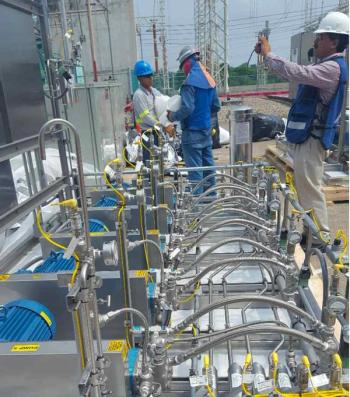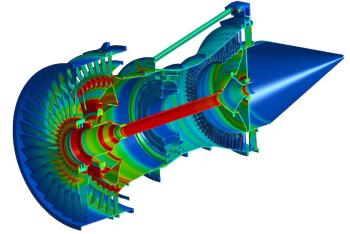
Kistler, Productive Machines Introduce Optimized Milling Service
The new service blends physical data and software analysis to elevate milling processes.
Kistler is expanding its cooperative endeavors with Productive Machines, introducing a service tailored for milling operations. The service harnesses specialized software to analyze data derived from both physical measurements and Numerical Control (NC) machines for cutting parameter optimization. This process is designed to minimize vibrations during machining, reportedly enhances the quality of produced parts, according to Kistler.
Vibrations during machining processes can present a host of challenges, affecting everything from the quality of produced components, including dimensions and surface finish, to overall productivity, and tool lifespan. These vibration-induced problems often result in the production of defective parts, necessitating additional rework, and subsequently leading to increased costs related to materials, tools, and labor. To counter these issues, Kistler has introduced a new milling optimization service, developed in partnership with Productive Machines.
This service initiates with a dynamic stiffness analysis of the machine tool. Kistler’s impulse hammers and accelerometers facilitate the physical optimization phase, i.e., tap test, which is followed by an evaluation of the client’s NC program, executed with Productive Machines' software. The gathered data is then used to generate an updated NC program. Upon implementation, this leads to improved cutting performance, extended tool lifespan, and heightened overall equipment efficiency, according to a company spokesperson.
Clients can utilize the new milling optimization service either onsite, facilitated by experts from Productive Machines, or remotely via a credit-based online platform. For the latter, clients undertake the dynamic stiffness analysis themselves and then upload the CAM files to the platform.
“Our new milling optimization service will benefit moldmakers, machine builders, manufacturers and OEMs in many industries: it gives them exactly what they need to improve their machining processes,” said Buelent Tasdelen, Business Development Manager at Kistler: “By largely eliminating vibration, customers enjoy advantages such as higher product quality, longer tool lifespans and shorter cutting times, so they can significantly boost their productivity and OEE while cutting their production costs.”
Newsletter
Power your knowledge with the latest in turbine technology, engineering advances, and energy solutions—subscribe to Turbomachinery International today.




